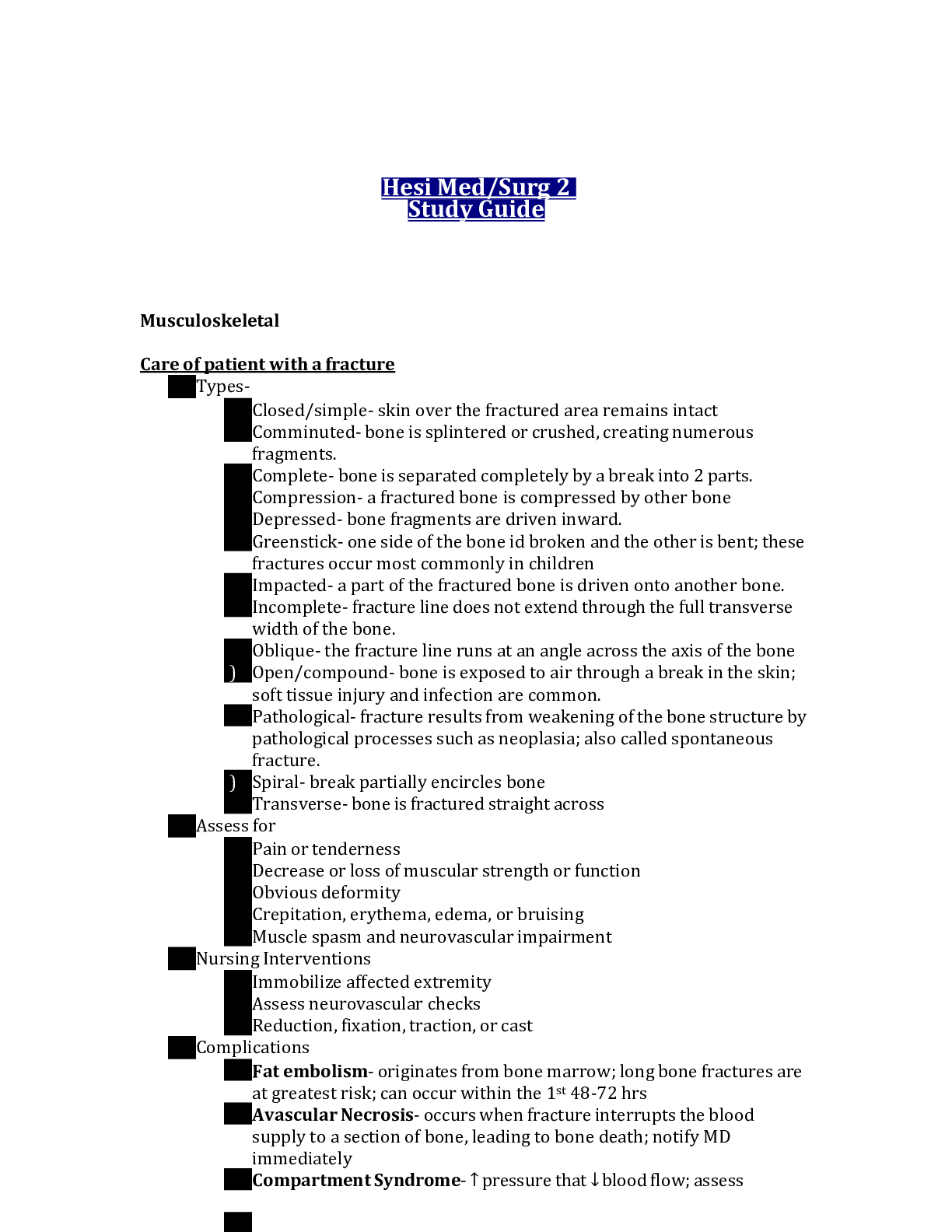*NURSING > STUDY GUIDE > Saint Marys College of California - MATH 101Med Surg 2 HESI topics (All)
Saint Marys College of California - MATH 101Med Surg 2 HESI topics
Document Content and Description Below
Med Surg HESI Topics 1. ICP Hazards - Increased ICP is the main concern in head injury; it is related to edema, hemorrhages, impaired cerebral auto regulation, and hydrocephalus. Symptoms of increa... sed ICP are: Change in level of responsiveness (the most important indicator of increased ICP) Changes in vital signs (slowing of respirations or respiratory irregularities, increase or decrease in pulse, rising BP or widening pulse pressure, temp rise) Headache Vomiting (projectile) Pupillary changes reflecting pressure on the optic or oculomotor nerves (decrease or increase in size or unequal size of pupils, lack of conjugate eye movement, and papilledema) Seizures Ataxia Abnormal posturing (decerebrate or decorticate) CSF leakage through the nose or the ear CT scan or MRI will show a lesion, such as an epidural or subdural hematoma requiring surgery EEG determines presence of seizure activity HESI HINTS: CSF leakage carries the risk for meningitis and indicates a deteriorating condition. Because of CSF leakage, the usual signs of increased ICP may not occur////even subtle behavior changes, such as restlessness, irritability, or confusion may indicate increased ICP. Green HESI Book pg 137-138 2. P Wave Interpretation - The P wave is a deflection representing atrial depolarization. The shape of the P wave may be a positive, negative, biphasic (both positive and negative) deflection, depending on the lead selected. When the electrical impulse is consistently generated from the sinoatrial node, the P waves have a consistent shape in a given lead. If an impulse is then generated from a different (ectopic) focus, such as atrial tissue, the shape of the P wave changes in that lead, indicating that an ectopic focus has fired. Pg 715 3. Atrial Flutter Rhythm - Description is a saw-toothed wave form, fluttering in the chest, and ventricular rhythm stays regular. Treatment is cardioversion to treat atrial dysrhythmias, antidysrhythmic drugs, radiofrequency catheter ablation. Green HESI Book Pg 92 Atrial flutter is a common abnormal heart rhythm similar to atrial fibrillation, the most common abnormal heart rhythm, both conditions are a type of supraventricular tachycardia. In AFL the upper chambers of the heart beat too fast, which results in atrial muscle contractions that are faster than and out of sync with the lower chambers. [Show More]
Last updated: 2 years ago
Preview 1 out of 28 pages
.png)
Buy this document to get the full access instantly
Instant Download Access after purchase
Buy NowInstant download
We Accept:

Reviews( 0 )
$5.00
Can't find what you want? Try our AI powered Search
Document information
Connected school, study & course
About the document
Uploaded On
Mar 16, 2021
Number of pages
28
Written in
Additional information
This document has been written for:
Uploaded
Mar 16, 2021
Downloads
0
Views
48


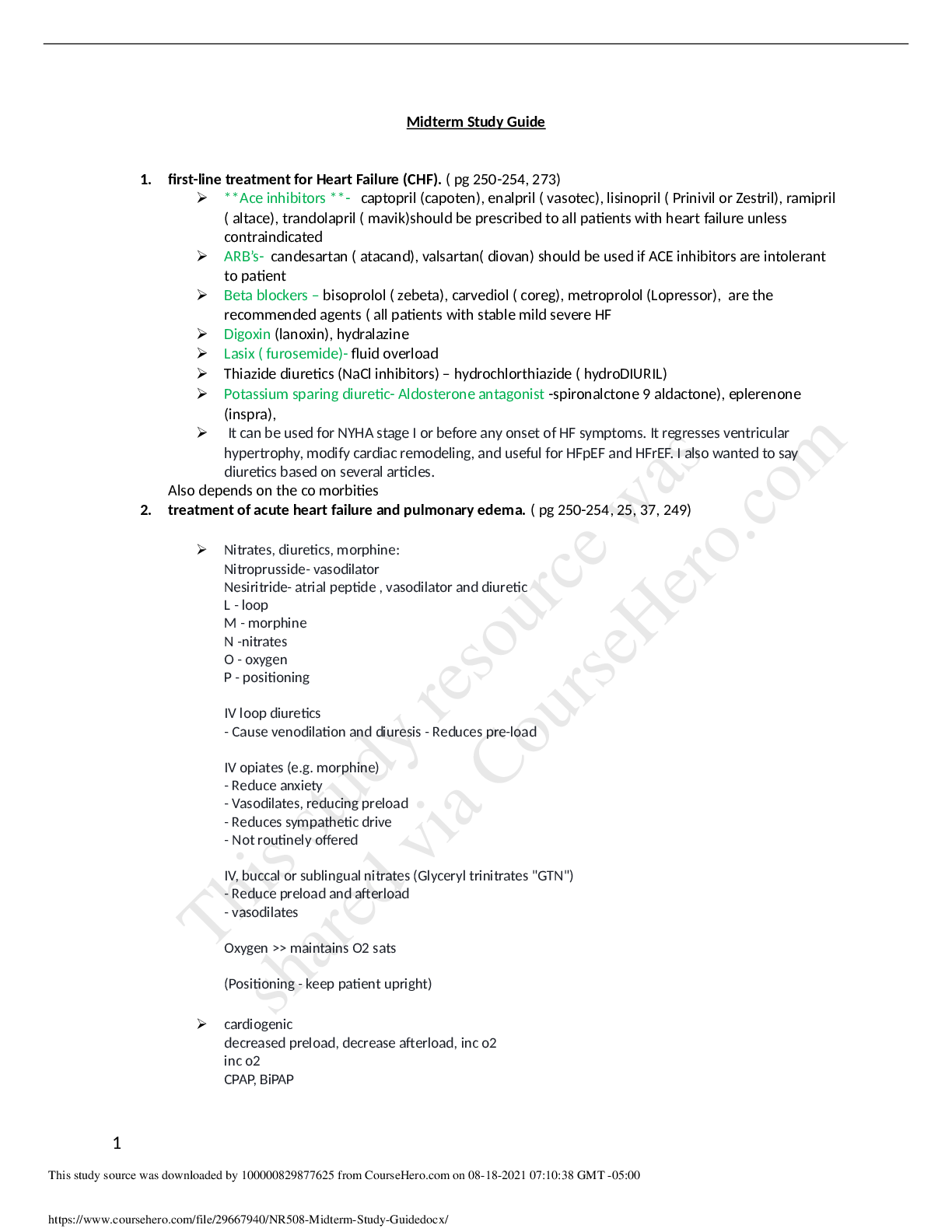
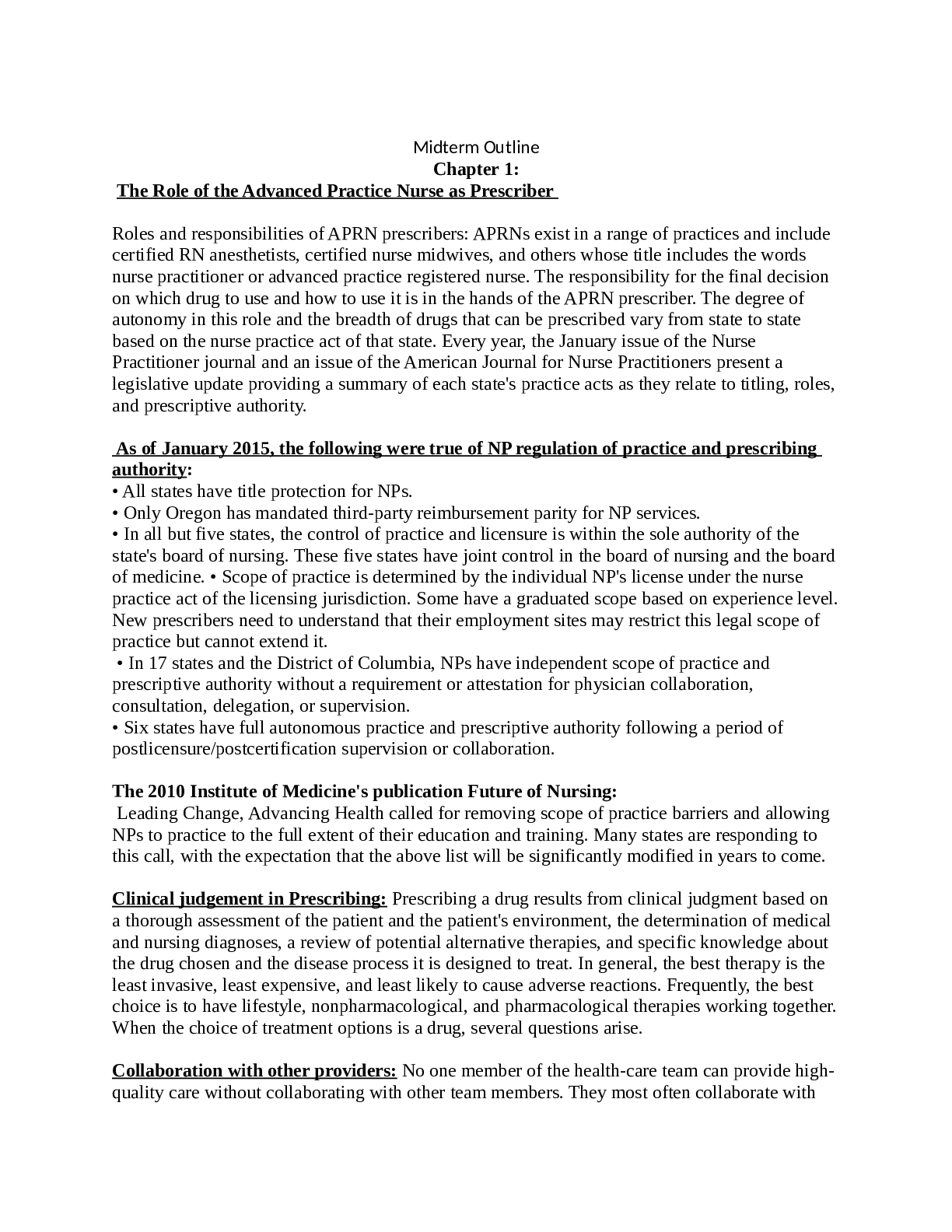
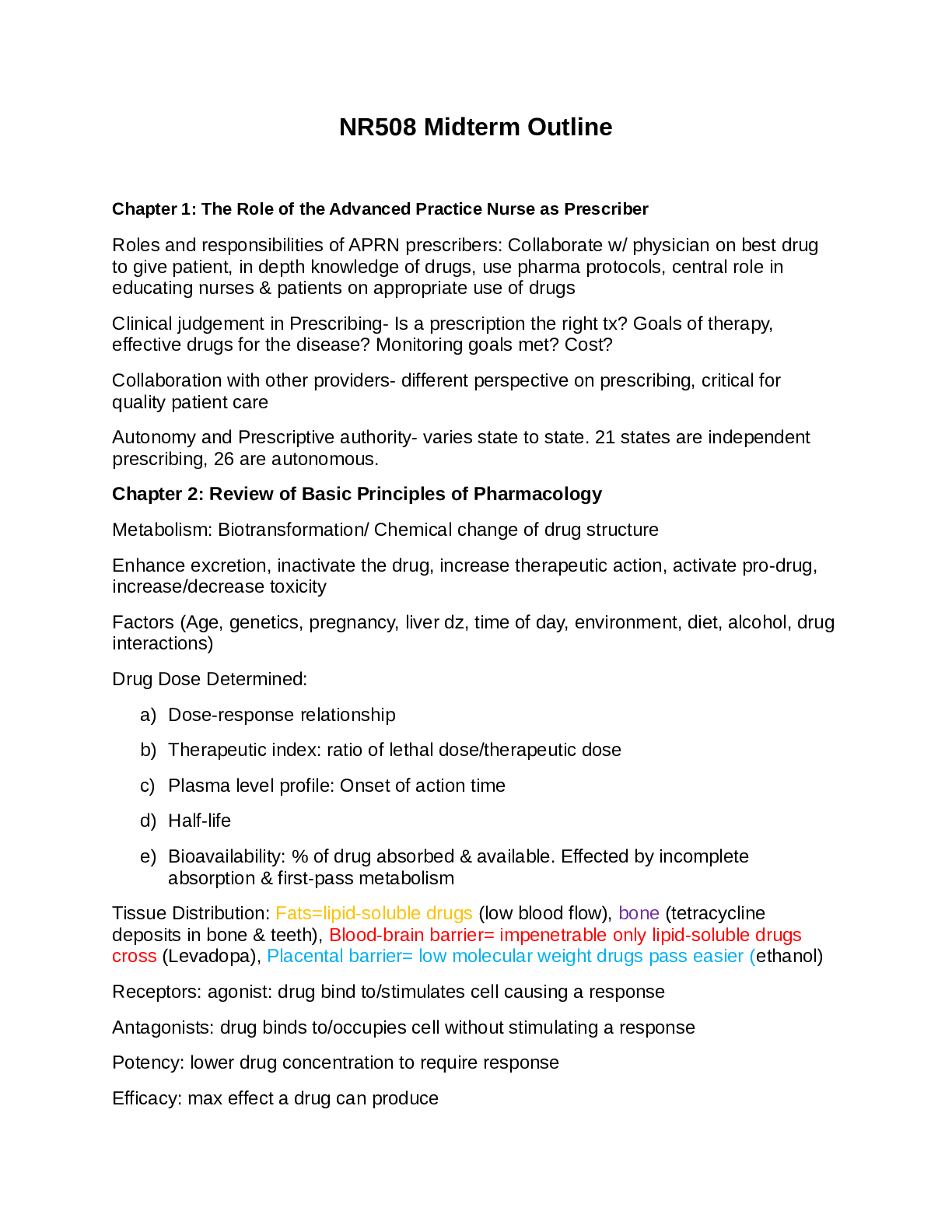
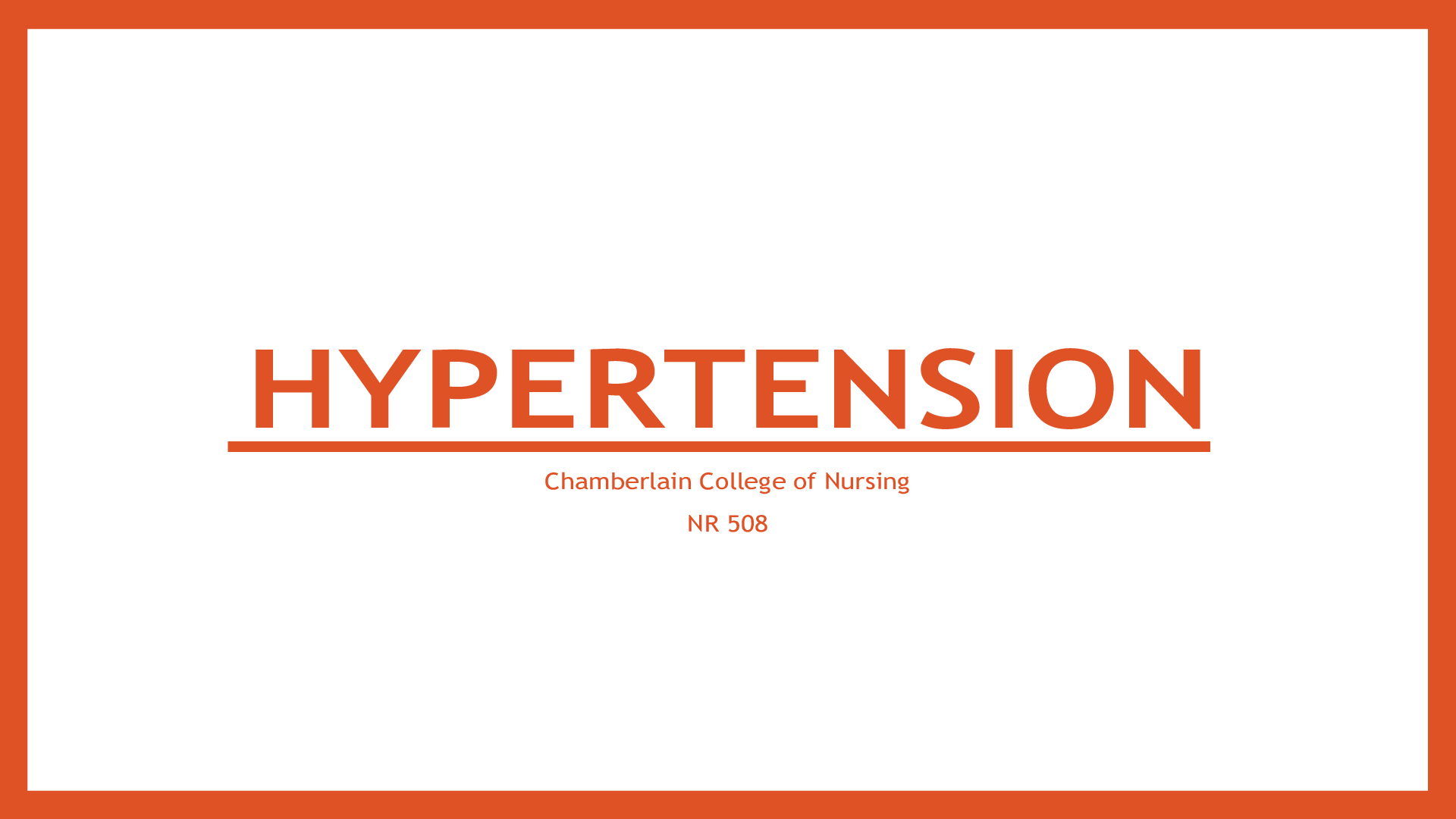
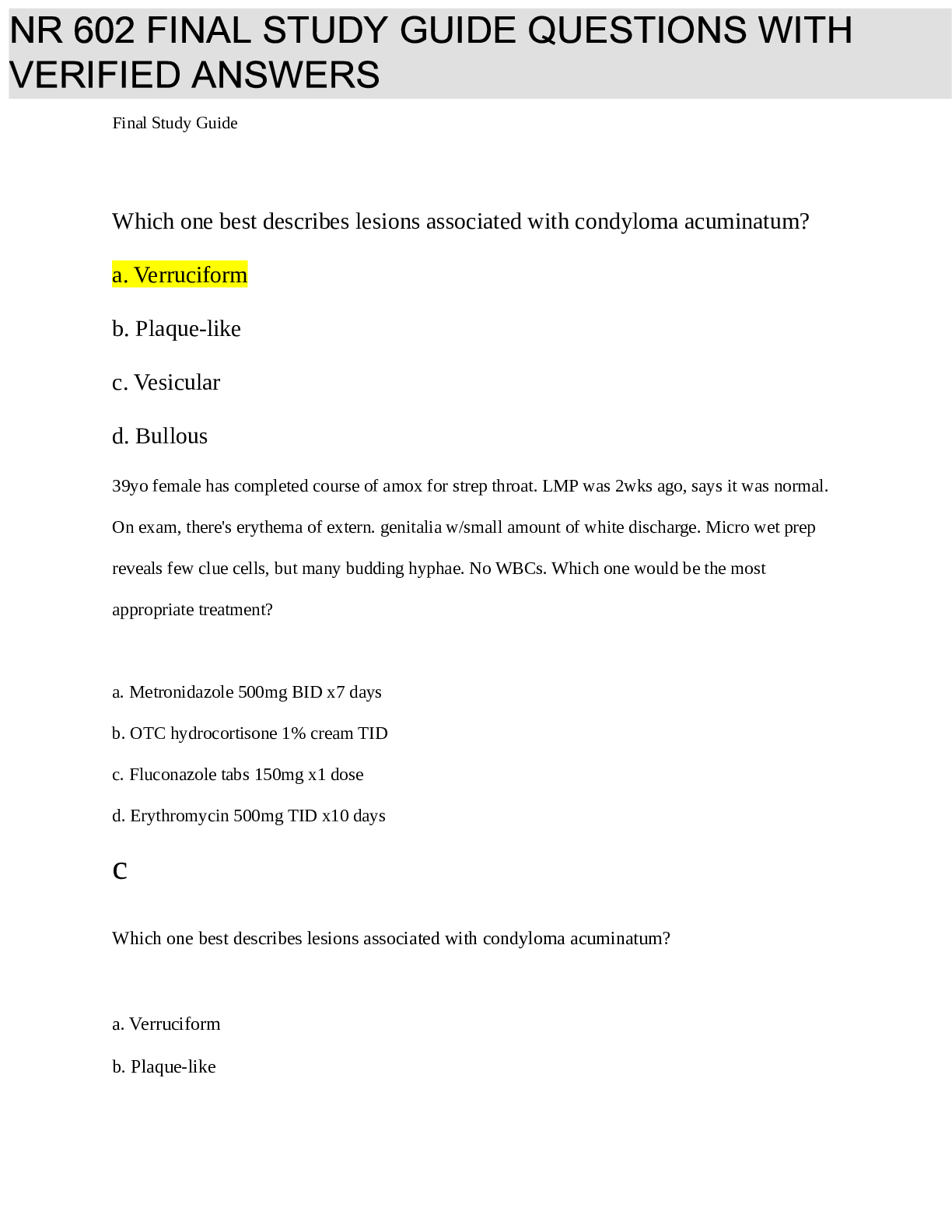
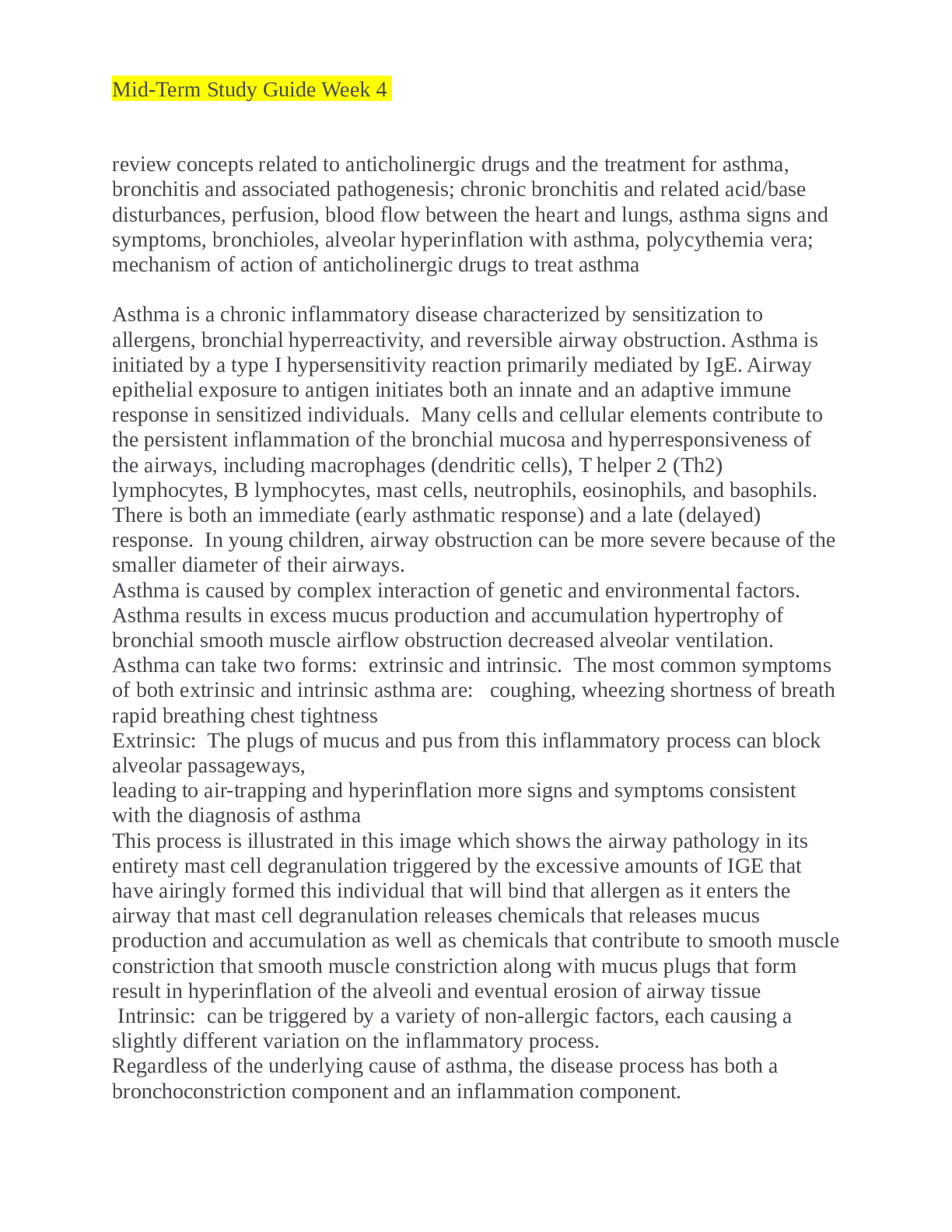
.png)
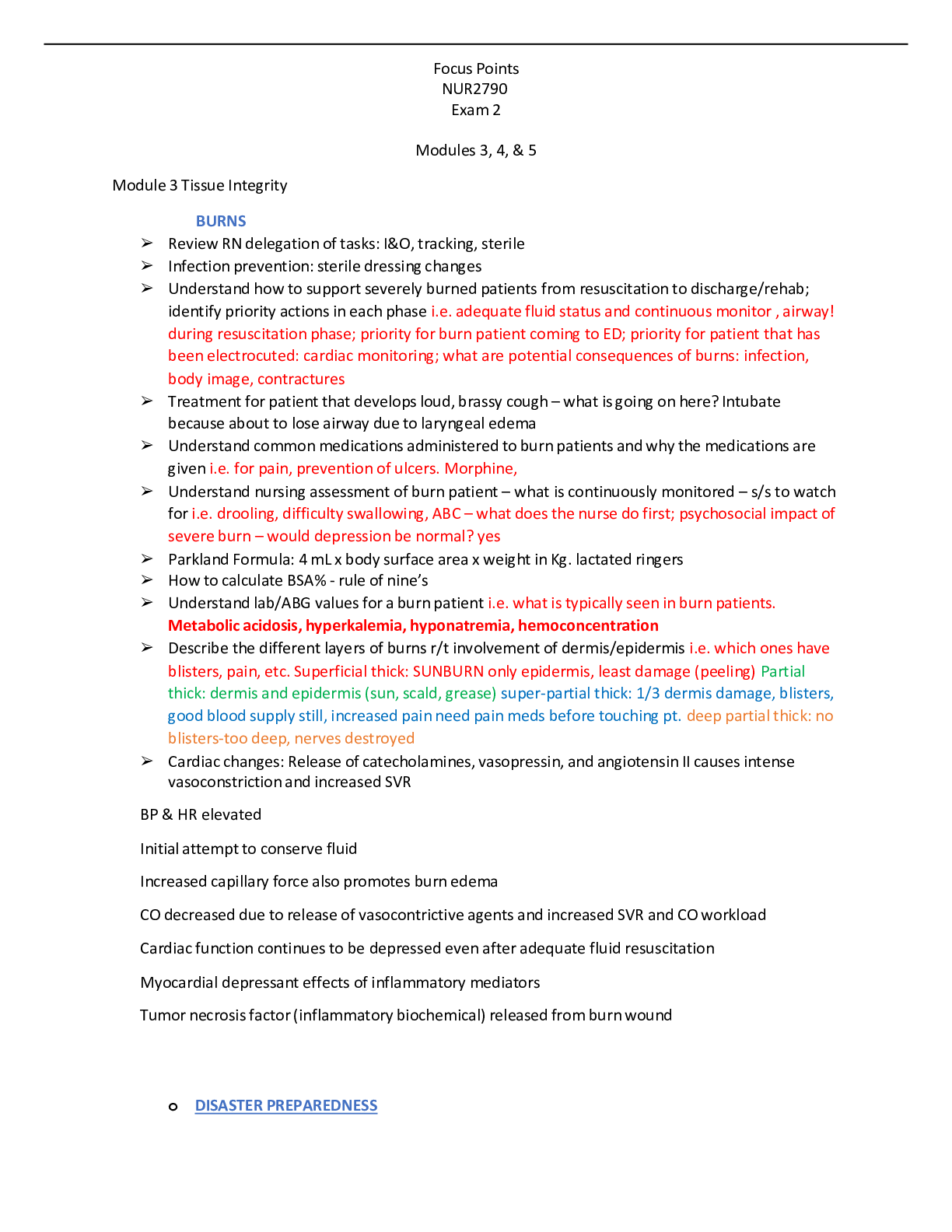



 Correct Study Guide, Download to Score A.png)
.png)
